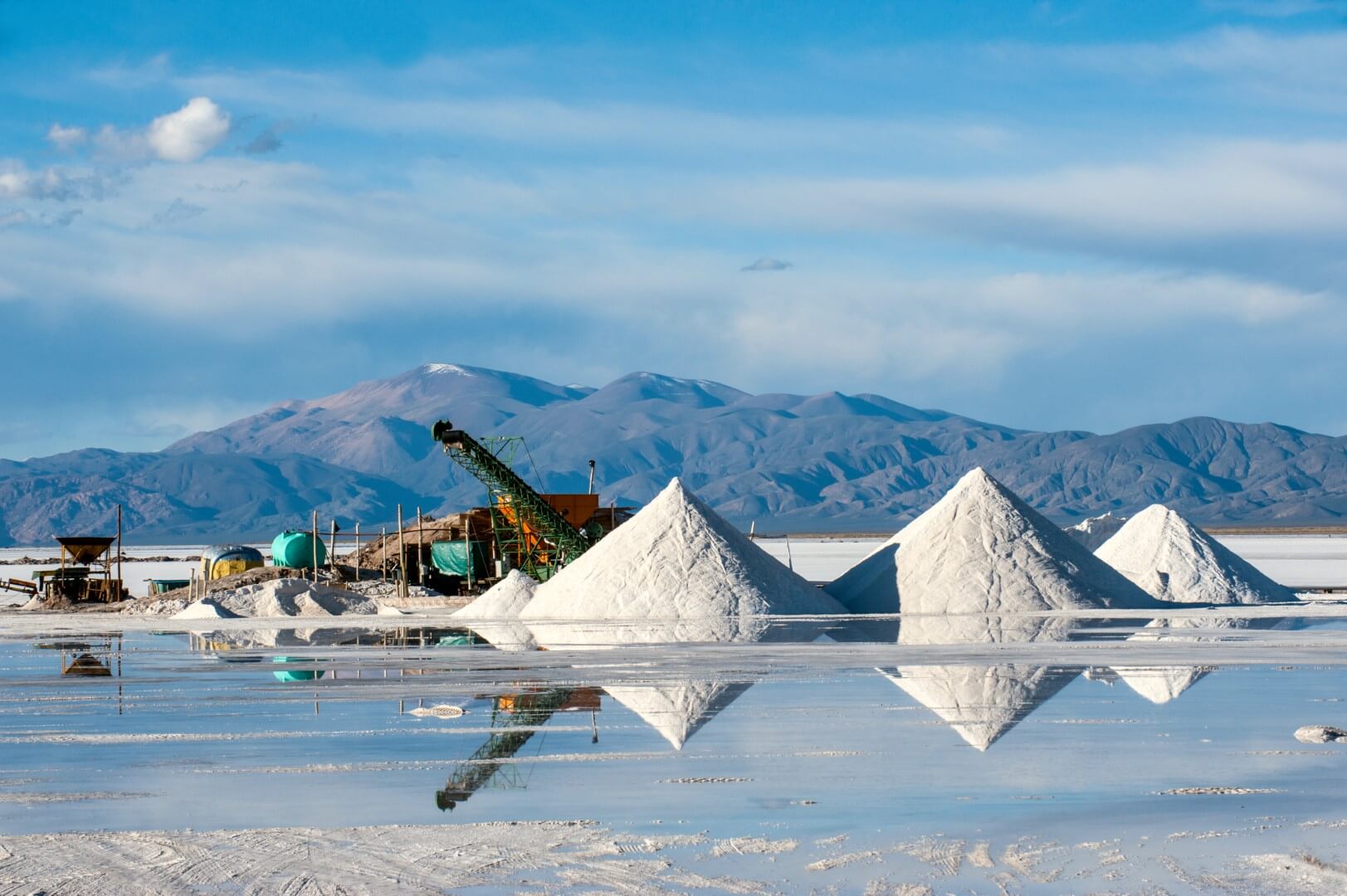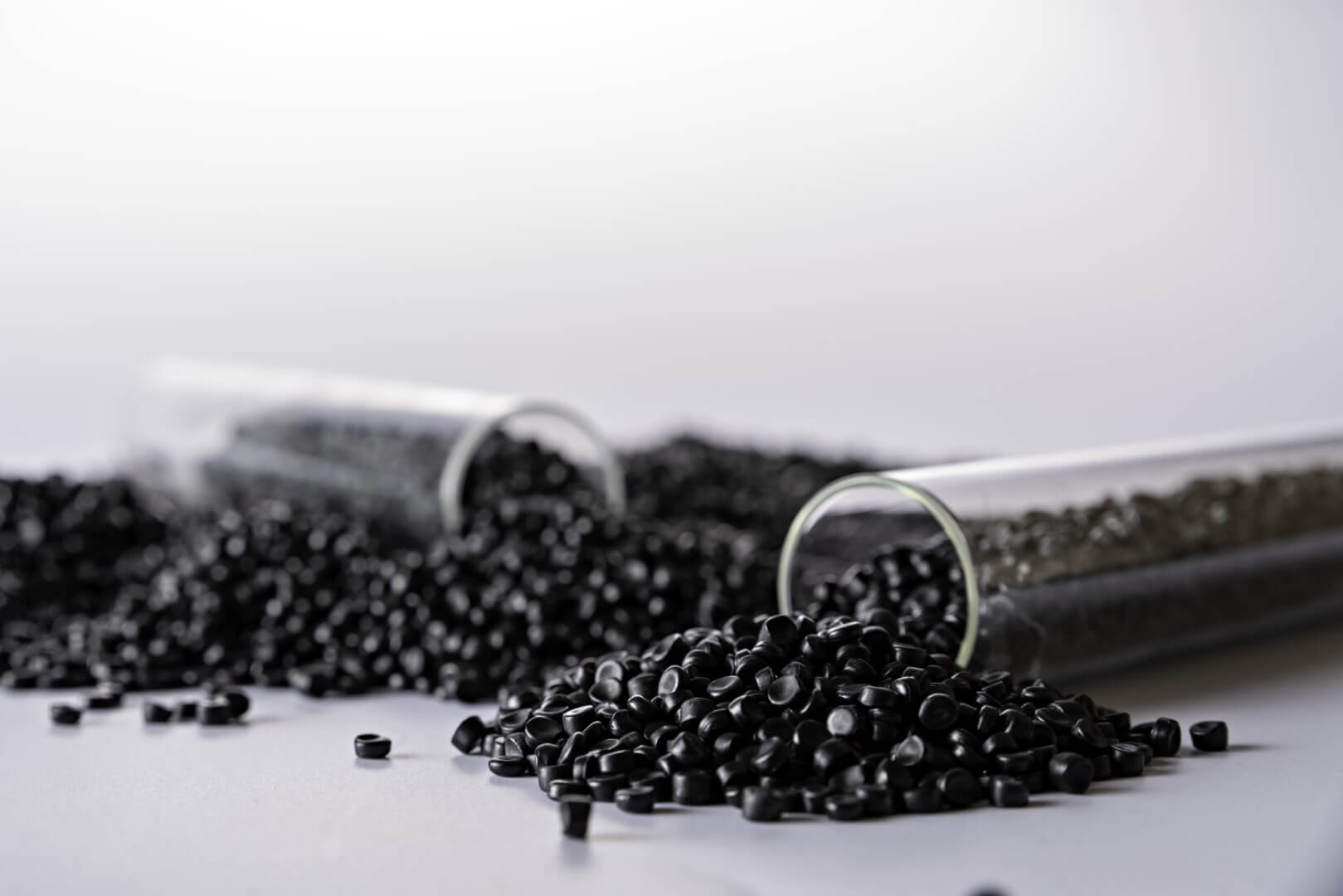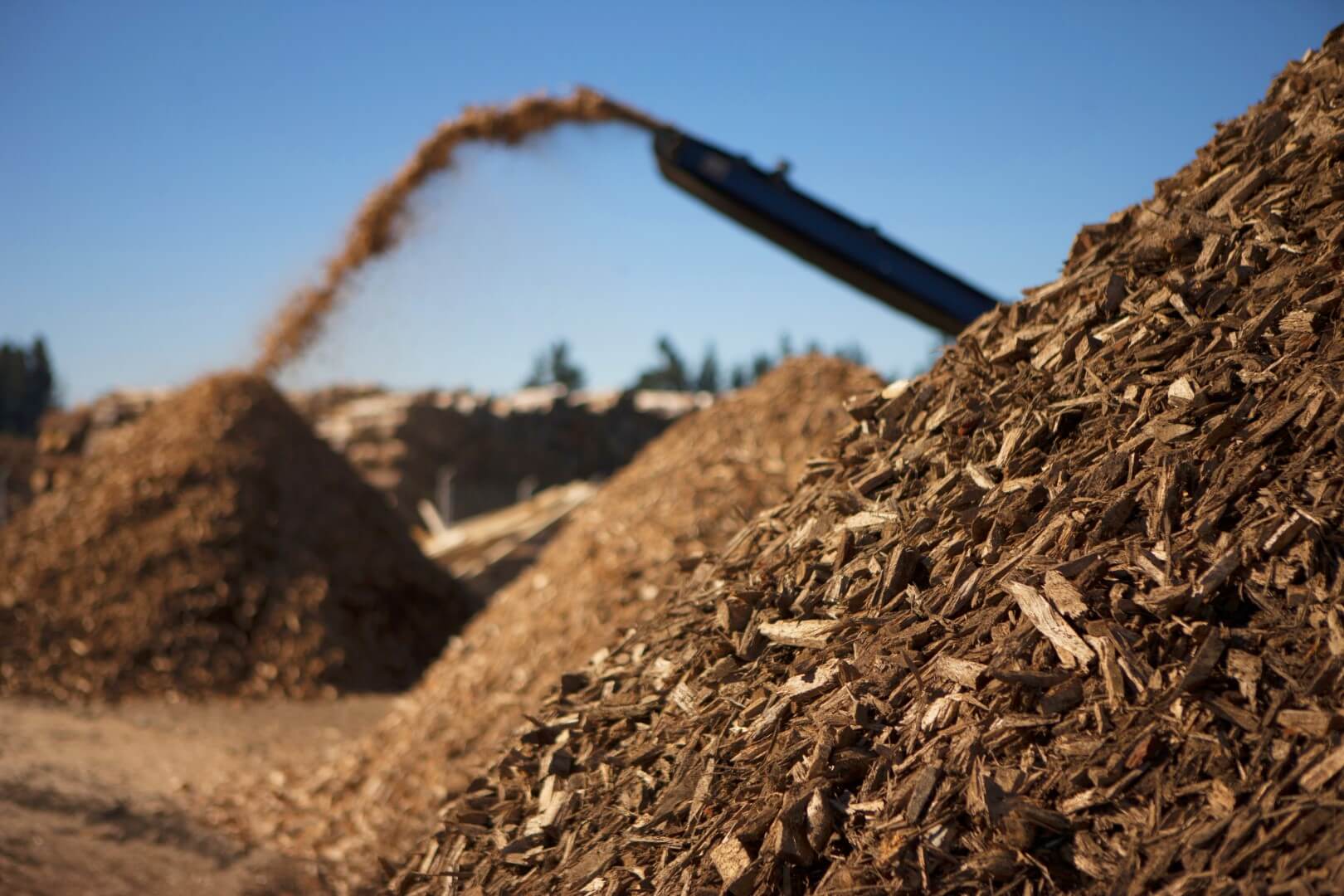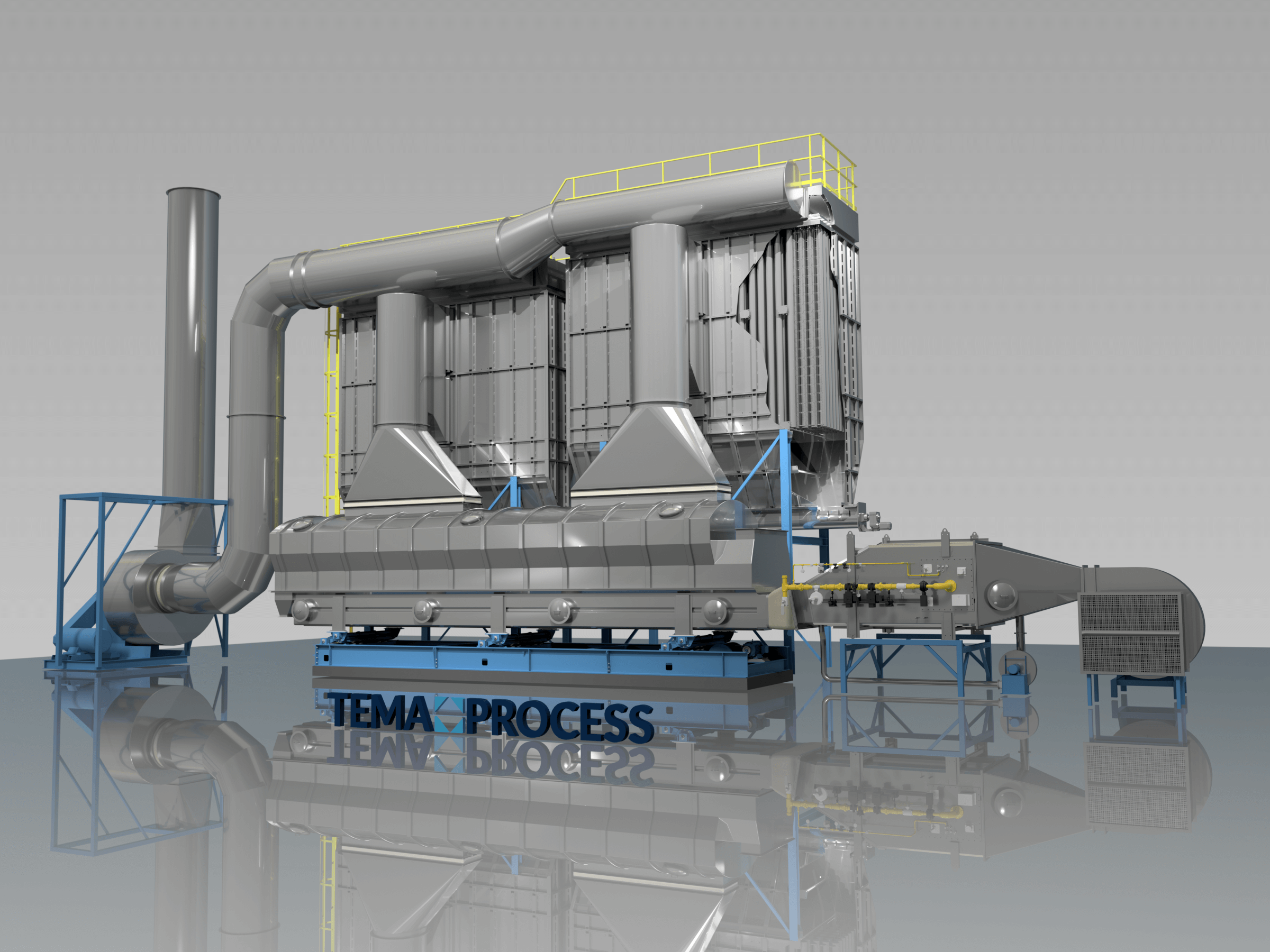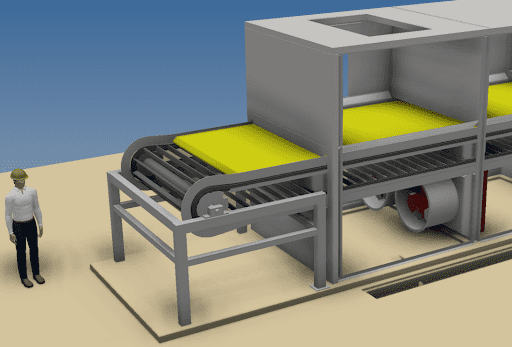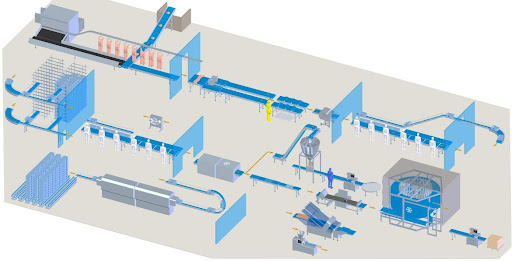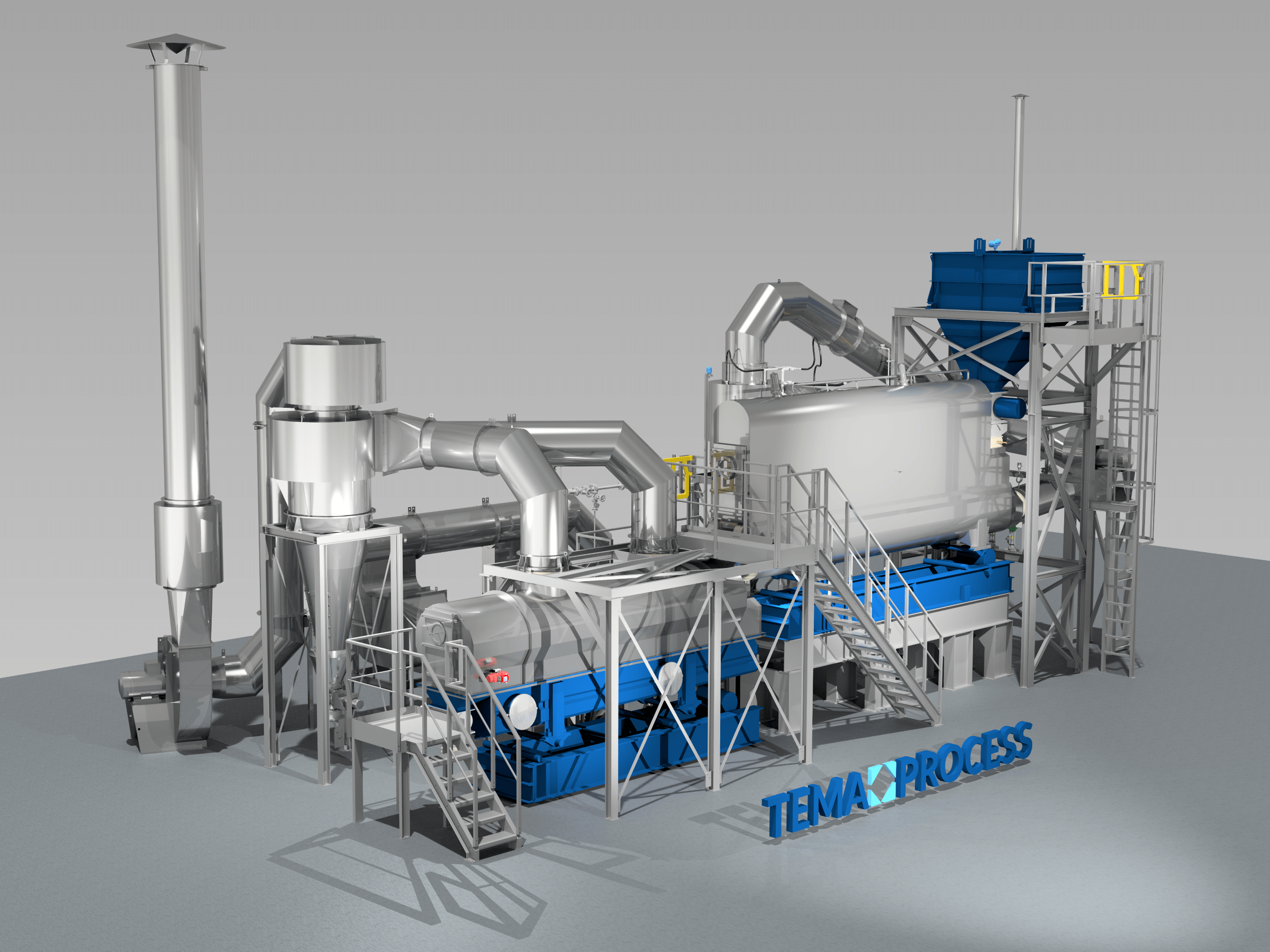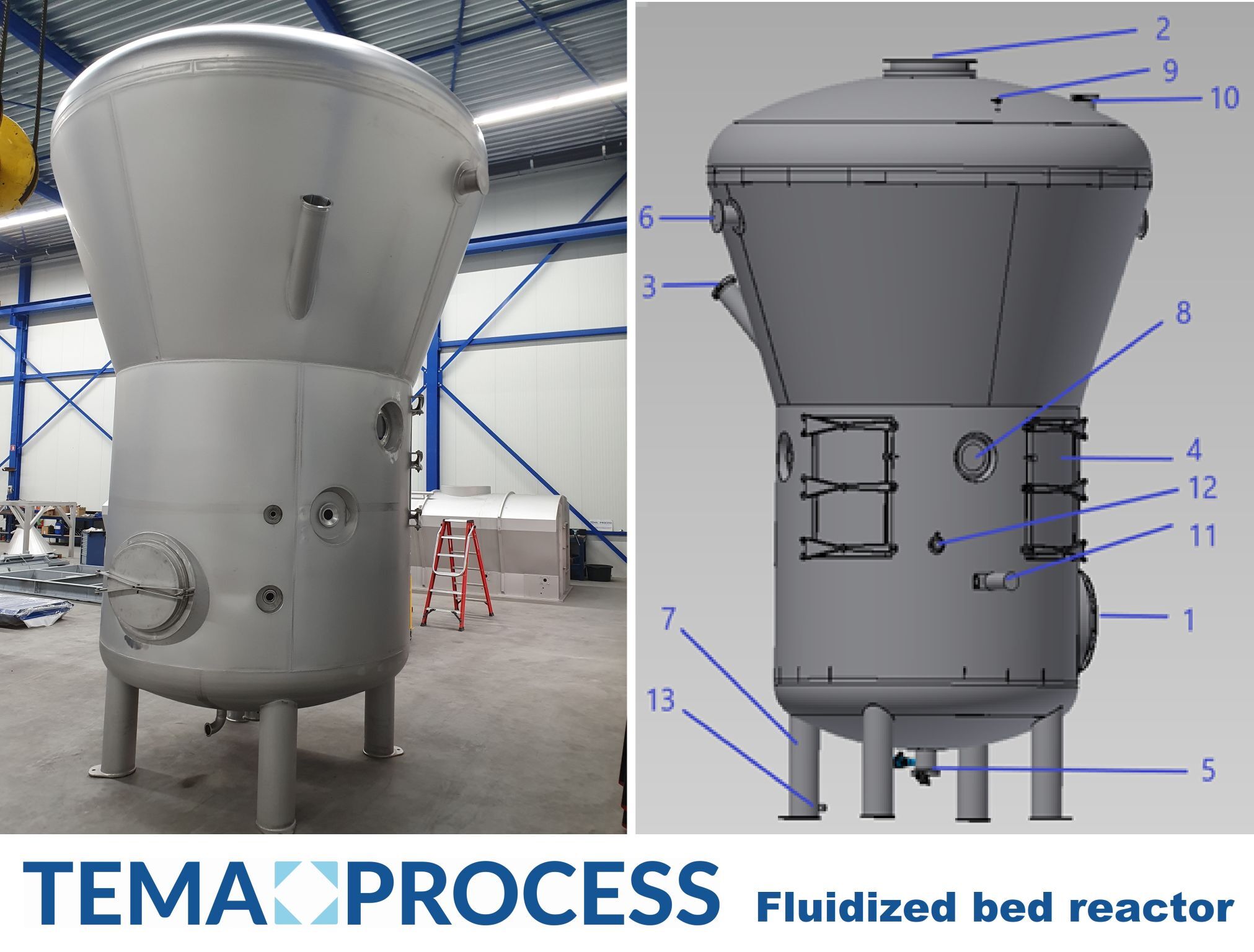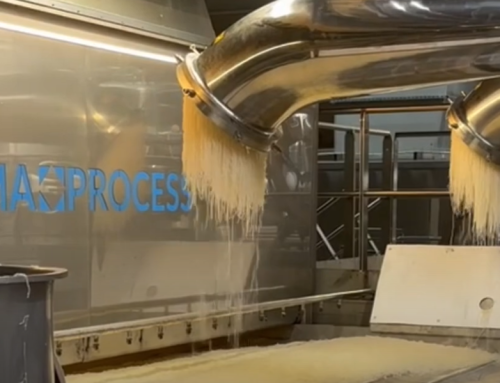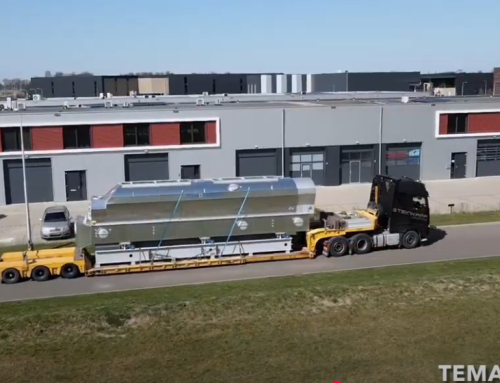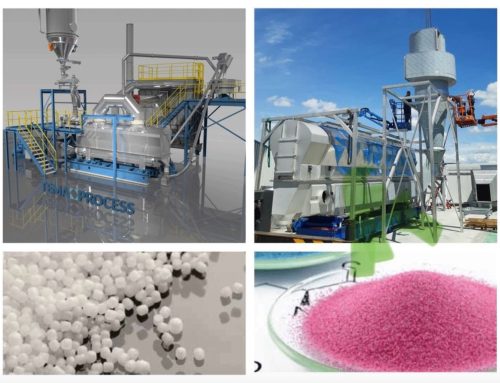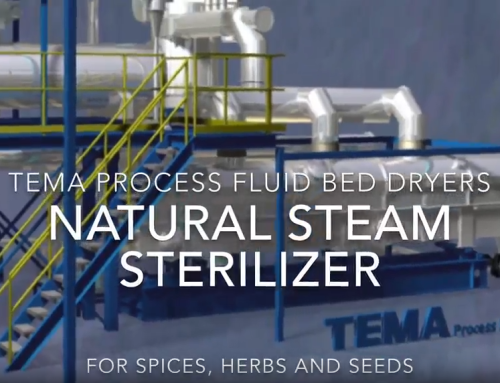A Tema Fluidized Bed Reactor (FBR) is a type of reactor device that can be used to carry out a variety of thermal reactions. In this type of reactor, a gas is passed through a solid granular/powder material at high enough speeds to suspend the solid and cause it to behave as though it were a fluid. This process, known as fluidization, imparts many important advantages to an FBR. As a result, FBRs are used for many applications.
Fluid bed batch reactor:
The static fluid bed reactor has three sections: the lower section is the windbox, the middle section is the product compartment, the top section is the suction hood. The fluidbed reactor has one air inlet connection where clean air enters the windbox compartment. The windbox compartment is divided from the product compartment by an air distribution plate which has micro perforated holes of 1 mm, enabling a suitable pressure drop and air load to spread the air evenly over the air distribution plate. Above the air distribution plate is the product compartment where product is fed batchwise and product falls on the air distribution plate. Because of the airflow going through the perforation the product is lifted and being fluidized. The product is discharged through an automatic pneumatic operated butterfly valve located in the center of the air distribution plate. Through an outlet pipe connected to the butterfly valve the product is distributed to outside the batch reactor where it is connected to the vacuum transport. The air distribution plate is slightly sloped towards the product outlet enabling product transport to the product outlet assisted by the airflow. Above the product section there’s the suction hood section, this is not a separate compartment but is one open compartment with the product section, enabling very fine particles and process air being discharged to the exhaust air duct connected on top of the suction hood section.
1. Supply air inlet, 2. Exhaust air outlet. 3. Product inlet. 5. Product outlet. 19. Product discharge pipe.

